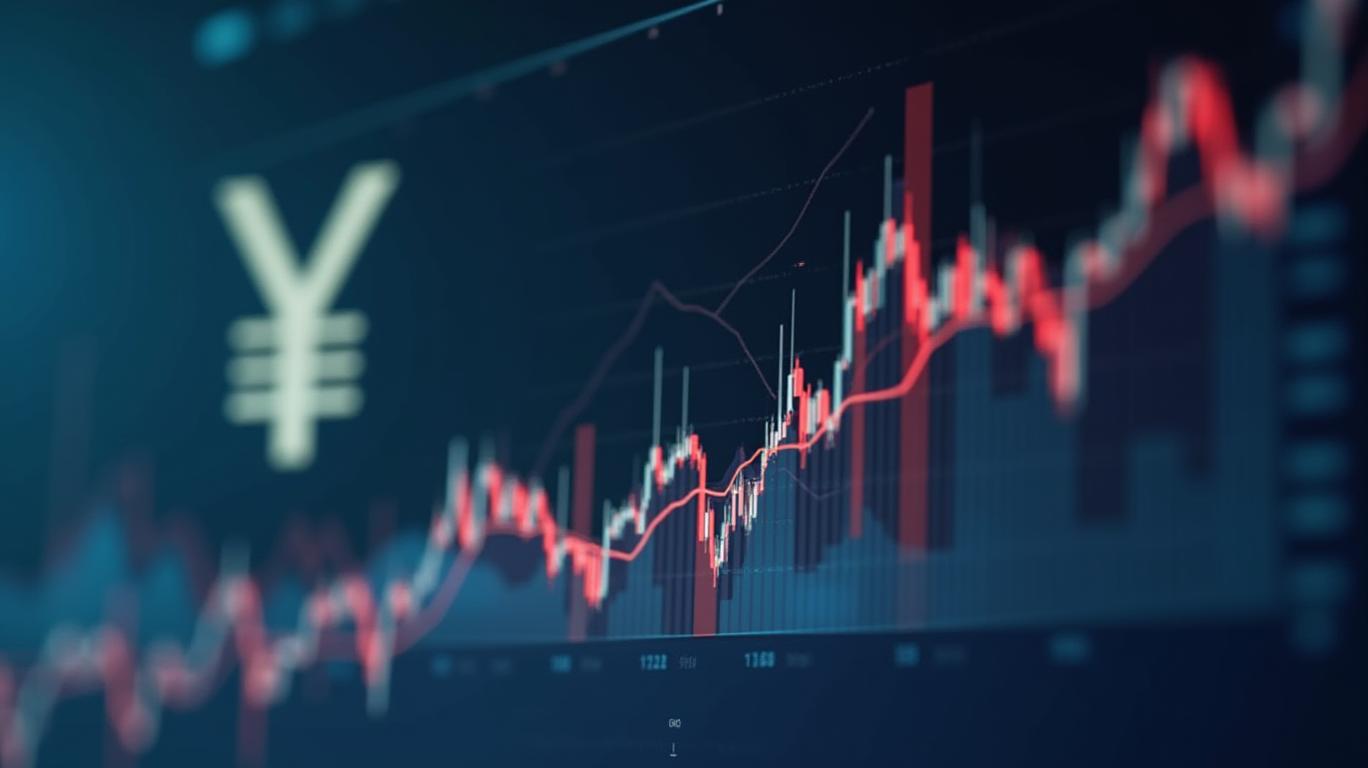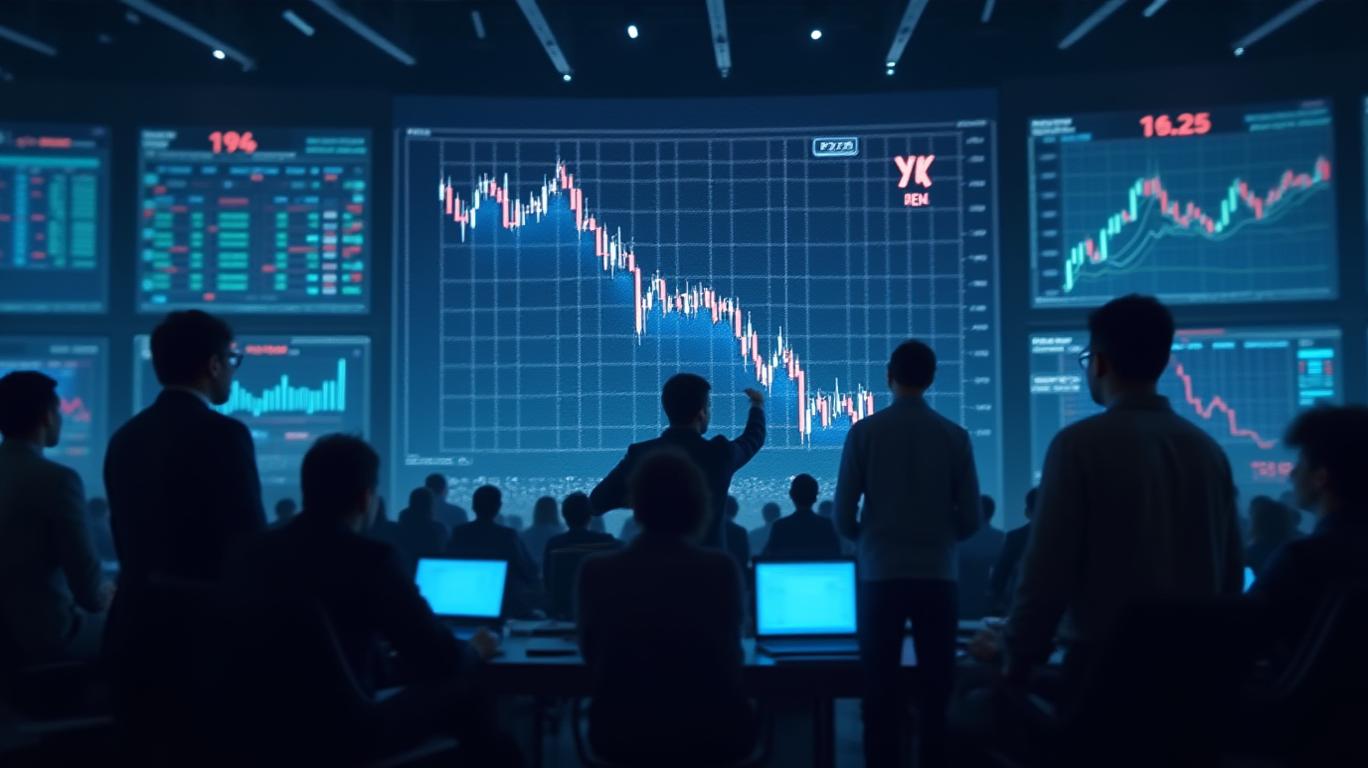Navigating Regulatory Uncertainty: How Shifting Tariffs Create Opportunities in Currency and Sectors
The U.S. Court of International Trade's May 2025 ruling striking down most Trump-era tariffs under the International Emergency Economic Powers Act (IEEPA) has upended global markets, creating a landscape of volatility and opportunity. While the decision alleviates immediate inflation fears and spurs equity rallies, the prolonged legal and political uncertainty surrounding tariffs demands a tactical investment approach. Investors must pivot toward currency rotations, sector-specific plays, and inflation-hedged assets to capitalize on this shifting regulatory environment.
The Immediate Impact: USD Volatility and Equity Market Shifts
The ruling, which voided tariffs on most imports except steel, aluminum, and select Chinese goods, sent global equities soaring—S&P 500 futures rose 1.7%, while Asian markets like Japan's Nikkei surged 1.5% (see

The yen has gained traction as a safe-haven currency, benefiting from reduced trade-war risks and Japan's export-driven economy. Meanwhile, the U.S. dollar faces downward pressure as tariffs' inflationary drag eases. Traders should consider a long-yen, short-dollar position, exploiting this divergence.
Sector Rotations: Winners and Losers in the Tariff Shuffle
The court's decision has created clear winners and losers, driven by sector-specific exemptions and policy delays:
1. Semiconductor Stocks: A Tariff-Free Rally
The ruling spares semiconductors from the IEEPA-based tariffs, lifting shares of companies like NVIDIA (NVDA) and Taiwan Semiconductor (TSM). With U.S.-China trade negotiations intensifying, these firms stand to benefit from smoother supply chains.
Investors should overweight semiconductor ETFs (e.g., SMH), as reduced trade barriers could boost earnings and valuations.
2. Automotive and Steel: A Mixed Bag
While automotive tariffs were struck down, steel and aluminum levies under Section 232 remain intact. This creates a sector split: automakers like Toyota (TM) and General Motors (GM) gain pricing stability, but steel producers like Nucor (NUE) face margin pressures.
3. Inflation-Hedged Assets: Prepare for Policy Whiplash
Despite the ruling's inflation relief, prolonged uncertainty around tariffs' final status means inflation risks persist. Gold (GLD) and energy stocks (e.g., Chevron (CVX)) offer protection against erratic policy outcomes.
Dynamic Portfolio Adjustments: The Playbook
To navigate this environment, investors must adopt agile strategies focused on three pillars:
- Currency Rotation:
- Buy yen, sell dollars until the legal appeals are resolved. The yen's correlation with trade stability makes it a prime hedge.
Monitor for shifts in China-U.S. trade dynamics.
Sector Rotation:
- Overweight semiconductors and automakers while underweighting steel and aluminum plays.
Use options to hedge exposure to sectors like industrials, which remain tariff-sensitive.
Inflation Protection:
- Allocate 5–10% of portfolios to gold and energy ETFs to guard against policy-induced inflation spikes.
The Bottom Line: Act Now, but Stay Nimble
The court's ruling has created a “wait-and-see” market, where delayed policy clarity and sector-specific tailwinds dominate. Investors who act decisively on currency and sector rotations—while hedging against inflation—will outperform those clinging to static allocations.
The window to position for this shift is narrowing. With appeals potentially extending into 2026, there's no time to waste. Adjust portfolios now to seize the opportunities—and avoid the pitfalls—of regulatory uncertainty.


Comments
No comments yet